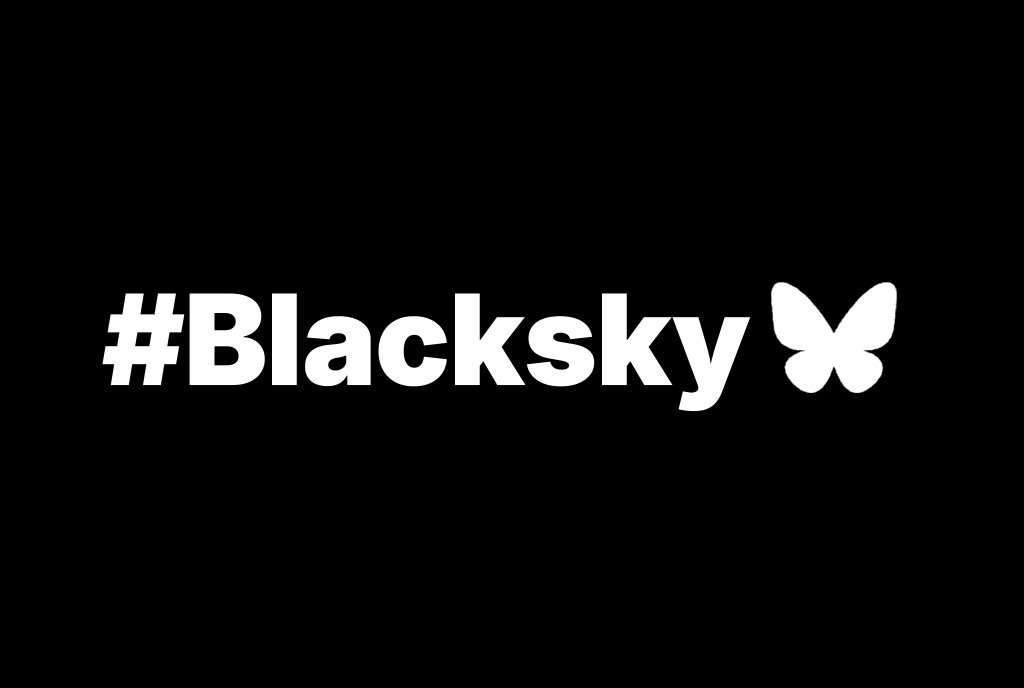
September 2, 2020; Education Week and the Harvard Gazette
The anti-Black-racism protests following the police killings of George Floyd and countless other unarmed Black men and women have compelled many in the white community to reexamine how their own behavior may reinforce structural racism. For those who work in the field of education, unrecognized bias in the classroom can have lasting impact on the futures of students of color and on the biases of white students.
A book published last year by educators Tracey Benson and Sarah Fiarman, titled Unconscious Bias in Schools: A Developmental Approach to Exploring Race and Racism, delves into these issues. Benson and Fiarman met as class instructors at Harvard Graduate School of Education in 2014, and in their book they emphasize the need for a race-conscious approach to uproot racism in education.
Both Benson, who is Black, and Fiarman, who is white, have been in the trenches of teaching and leading (as principals) schools, and both are quite open about their own “awakenings” to their own biases. For Benson, this has meant confronting his tendency to write people off as soon as they say something that shows an ignorance of racism. He’s realized that in order to help people grow, he needs to see them as learners on a developmental continuum, Larry Ferlazzo explains in Education Week.
As for Fiarman, she recounts her own personal reckonings with bias in public schools when Black students tested lower than white students:
Too often as both a teacher and a principal, I focused on remediation as the solution, as if there was something wrong with our students instead of seeing that data as a reflection of something that we needed to correct in our fundamental practice.
Neither did the bias disappear at the college level. When Fiarman mentioned to Benson her concern about how many Black students were having side conversations during class, his response was to check to see whether white students were doing the same. (They were.) In other words, behaviors evident among Black students did not bother her when found among white students. Her own bias was clearly showing.
According to Benson, this happens with “redirecting students,” too.
Black and brown students tend to be redirected for the same behaviors that white students aren’t redirected for; they’re policed more in the classroom, in the hallways, or at recess. These manifestations happen every day. They are below the conscious level, but it’s something that definitely affects the racial climate of the school building.
Sign up for our free newsletters
Subscribe to NPQ's newsletters to have our top stories delivered directly to your inbox.
By signing up, you agree to our privacy policy and terms of use, and to receive messages from NPQ and our partners.
Benson points out that teachers also often unknowingly direct their visual attention away from students of color in their classrooms, passing them over in terms of participation.
In their book, Benson and Fiarman discuss the concepts of being “colorblind” and “color-mute.” If teachers say they are colorblind, they believe they are treating all students the same. The reality is they are ignoring the history of racism in this country.
Does “I treat everyone the same” mean “I treat everyone as if they are white?” Does it mean “I don’t want to discuss what it means to be a person of color in our society?” Rather than increase equality, a philosophy of colorblindness bolsters the legacy of racism in our society. Racism and racial bias continue to result in disparate lifetime outcomes for students and people of color. Refusing to see, acknowledge, and fight against this legacy only further supports the normalization of whiteness at the expense of people of color.
The concept of “color-mute” is when educators discuss issues in terms of “all students” rather than developing policy to address the specific needs of students of color. Doing this avoids attributing anything to racism or racial bias within a school system. It can be compared to those who respond “all lives matter” to the Black Lives Matter movement. Benson and Fiarman attribute this to fear and lack of know-how. Many white adults do not have the tools to discuss race in a productive (and comfortable) way, often creating shame, guilt, or anger. What results are color-mute programs (i.e., extended-day, after-school support; social-emotional learning curriculum, etc.) to address racial disparities that leave racism and racial bias still active and unaddressed within the schoolhouse.
Fiarman and Benson cite data from research showing how schools treat people of color differently based on race. Students of color are often given harsher punishments than white students. Curriculum materials use whiteness to establish norms that often marginalize or exclude Black students. Even the language used to describe inequitable outcomes puts the locus of the problem on the students, not the schools. Think about the use of such common phrases as “achievement gap,” “school-to-prison pipeline,” and “underperforming.”
According to Benson and Fiarman, it takes bravery for communities to inculcate conversations about race, racism, and racial bias into the everyday language of the school—and not just on a few professional development days. Clearly, this work is not easy, and it’s often met with defensiveness, hurt feelings, frustration, and unease. But they also want educators to understand that racism is real and affects everyone. To continue the status quo is to be complicit in racism that will be borne by our Black and brown students, according to Fiarman.
Building the ability to talk about race and unconscious racial bias is not only for the benefit of people of color. White people also benefit from conversations about race. Most white people don’t think of themselves as having a race, since our society teaches that whiteness is the norm and only people of color have a racial identity (think “flesh”-colored Band-Aids, “ethnic” hair products versus just “normal” hair products, etc.). In this context, most white people don’t understand a) that they have a racial identity, and b) how their racial identity influences their daily life experience. This white-centric thinking and acculturation has left generations of white people race-illiterate, unable to have the most basic conversations about race and racism without feeling ashamed, guilty, or angry.
Of course, the learnings and wisdom of Fiarman and Benson extend far beyond the classroom. To address racism in education and elsewhere, the authors emphasize three action steps: 1) avoid binaries (good/bad, racist/nonracist); 2) focus on impact, not intent; 3) move beyond fear of failure. As the authors explain, “You will get it wrong a lot. But you need to get it wrong in order to learn how to get it right.”—Carole Levine












